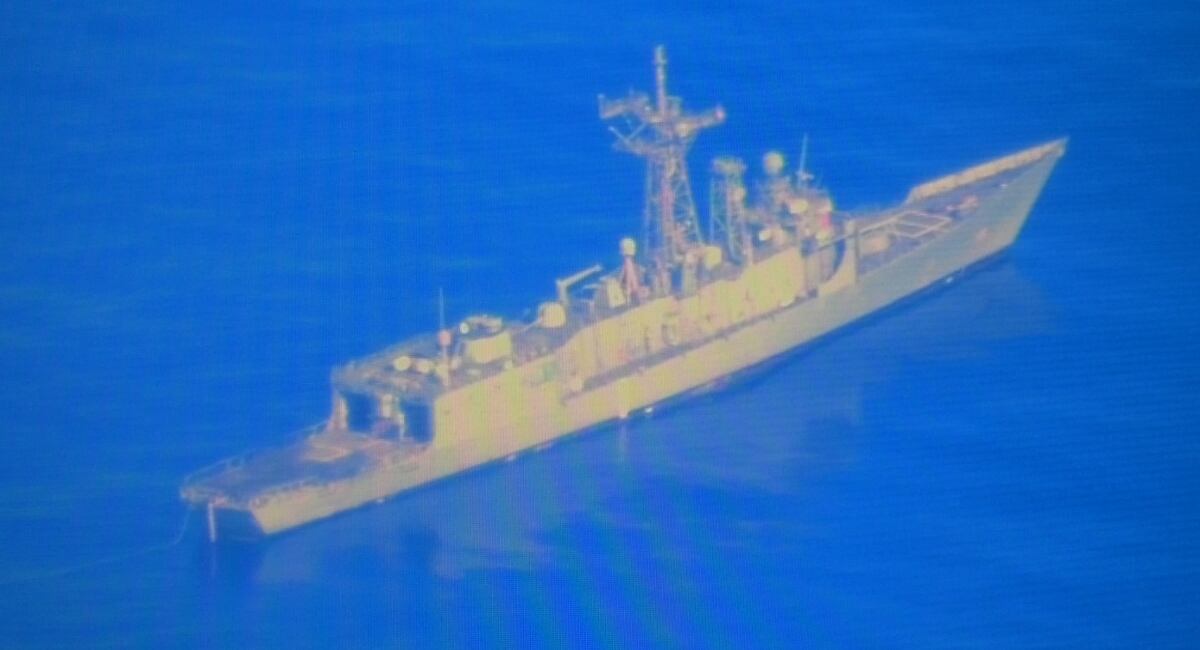WASHINGTON — Congress again slashed funding for the littoral combat ship’s mission modules in this year’s defense appropriations bill, which will likely create further delays in fielding capabilities designed to plug into the hulls that would enable the ships to hunt submarines or destroy mines — the missions they were built to perform in the first place.
With 35 ships funded, Congress has every year since at least 2015 cut funding to the long-delayed mission modules. As the program is currently structured, each ship is either a mine sweeper, submarine hunter or small anti-surface combatant, all made possible by mission modules still under development.
Appropriators are set to slice 77 percent from the Navy’s mine countermeasures module, shuffling part of it to another section of the budget. But the bulk of that slicing involves cuts to Knifefish minesweeping drones and unmanned surface vehicles that are intended to deploy sensors, according to a readout supplied by appropriators.
The surface warfare mission module, which has partially met its initial operational capability goal but not fully, saw a 45 percent cut, or $12 million, coming from surface-to-surface missile modules. And the anti-submarine warfare mission module saw a more modest 11 percent cut to address cost overruns with the variable depth sonar.
In total, Congress slashed about $145.5 million from the mission modules when you include general equipment that comes with all the modules, or 52 percent of the total Navy request.
RELATED

Sources familiar with the impact of the cuts have told Defense News for years that Congress’ annual cuts cause delays in testing the long-overdue mission modules. This creates a merry-go-round effect whereby Congress cuts funding because of delays, which causes further delays, prompting more cuts the next year. And a source confirmed this year’s cuts will likely have the same effect.
But despite that, the Navy has begun to make some strides. According to testimony in March, the Navy reached initial operational capability with all the components of its anti-surface warfare module. Last December, the Navy took delivery of Raytheon’s Dual-mode Array Transmitter Mission System — which joins the MH-60R helicopter, the multifunction towed array and the SQQ-89 acoustic processing; the Navy now has the complete anti-submarine warfare mission package and is ready to start integration.
And all the aviation components of the mine countermeasures module package have reached IOC, but the unmanned surface vehicle paired with drones that can first find and then destroy mines are among the components that were hit with cuts in this budget.
The Navy is planning to field 10 anti-submarine warfare, 24 mine countermeasures module, and 10 surface warfare mission modules. Originally the program was envisioned for each ship to be able to rapidly switch out mission modules pierside, but the Navy reorganized in 2016, making each ship singled up on a mission.
Last year, Congress bought three more LCS than the Navy asked for, and it is unclear whether the legislative body plans to support the purchase of more mission modules, according to the Congressional Research Service.
The Navy has been fielding parts of the mission modules as they become available. In September, the Navy deployed the LCS Gabrielle Giffords with the Kongsberg-Raytheon Naval Strike Missile, along with Northrop Grumman’s unmanned MQ-8C Fire Scout helicopter for over-the-horizon targeting, a significant step forward for the program.
David B. Larter was the naval warfare reporter for Defense News.







